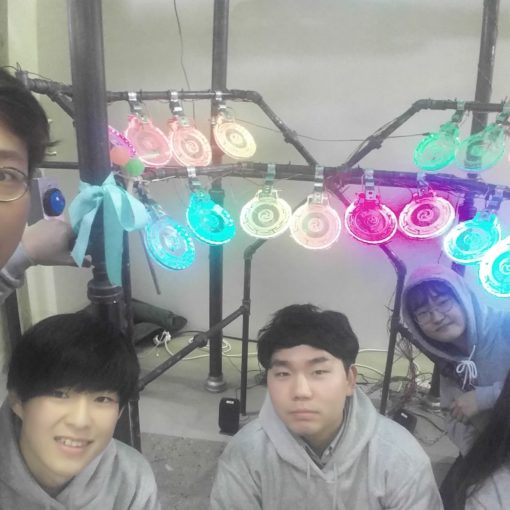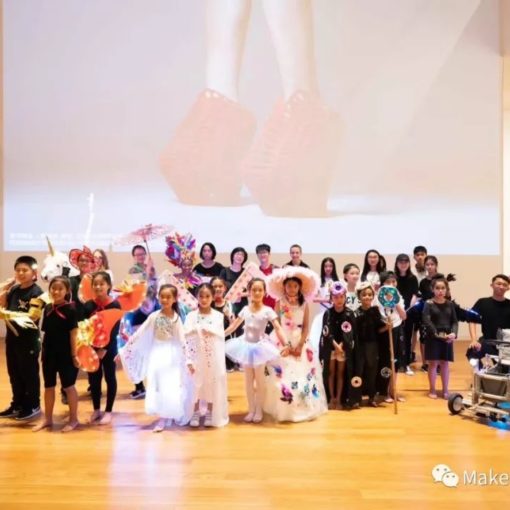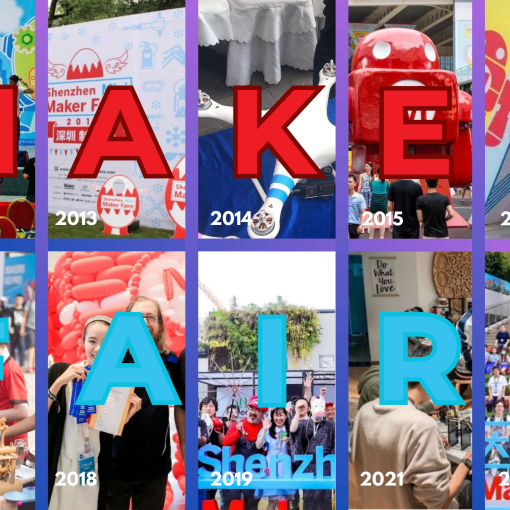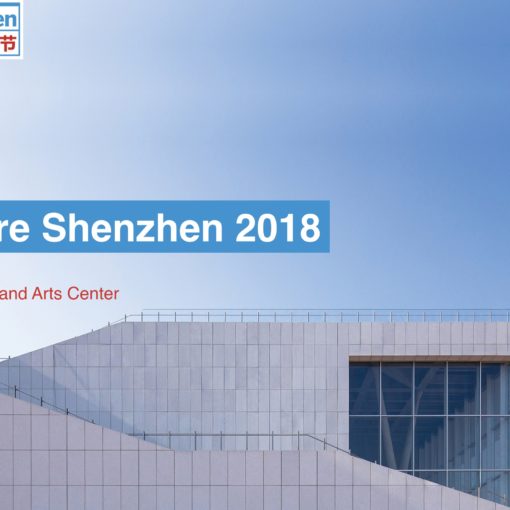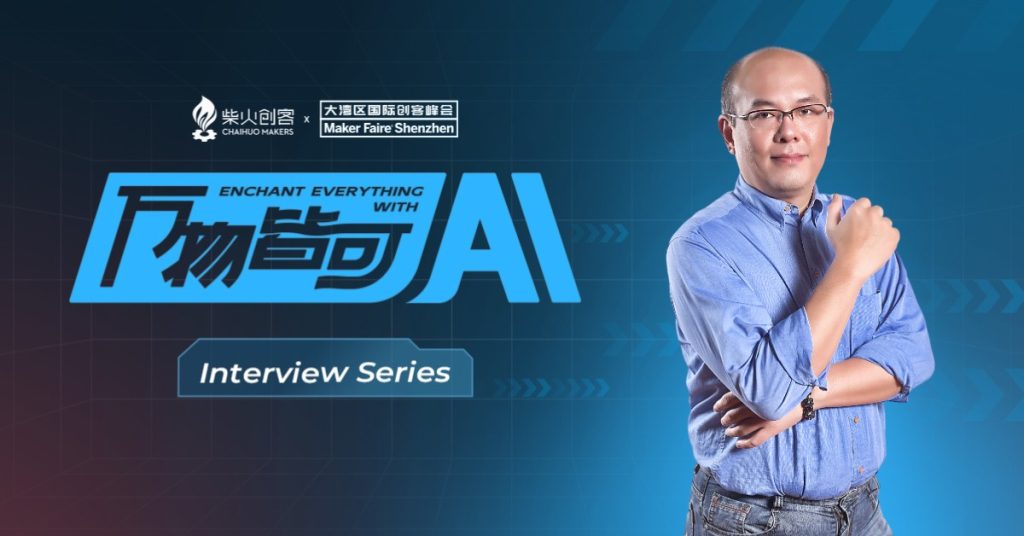
“Enchant Everything with AI” interview series
Welcome to the “Enchant Everything with AI” interview series. We will invite friends in the field of technological innovation to discuss the integrated development of AI and hardware, interpret the opportunities and challenges of the AI hardware industry, listen to the voices of industry pioneers, foresee the golden age of AI hardware, and look forward to the emergence of more AI hardware solutions at this year’s Maker Farie Shenzhen.
Interviewee 001

Dawei Li, one of the Consultant members of Chaihuo Makerspace, majored in computer science at the University of Southern California. He has participated in the development of Disney’s online virtual world, the immersive multimedia space of Steven Spielberg’s Shoah Foundation, and digital multimedia technology such as the Metaverse company Media SuperCollider. As a member of the Free Software Foundation, a code submitter for multiple Apache projects, and a director of the ObjectWeb Open Source Foundation, he is passionate about open source software projects.
In 2010, David Li co-founded China’s first maker space, Xinchejian, which promoted the development of Chinese maker culture. He also developed the popular visual programming environment Ardublock for Arduino, which provides convenience to the majority of makers and electronics enthusiasts. In 2011, he co-founded Hacked Matter, which focuses on researching and publishing on grassroots open innovation-related issues. In 2015, David co-founded “Maker Bang“, which is dedicated to promoting the innovation and entrepreneurship of makers on the Internet of Things platform. At the same time, he also serves as the director of the Shenzhen Open Innovation Laboratory, providing support and guidance for innovative technology and entrepreneurial projects.

Q: When do you anticipate the true breakthrough of AI + hardware?
A: Although the mass arrival of consumer AIoT (Artificial Intelligence Internet of Things) has been predicted for more than 10 years, we have not seen too many products on the market. There are two main reasons for this.
First, the last gen of vision/speech and AI translation were too complex. The research and development of these technologies require a large investment of time and capital, as well as highly specialized technical personnel. This results in a relatively narrow range of applications for these technologies and their inability to be popularized on a large scale. In addition, the interaction methods of these technologies are relatively simple and cannot meet the diverse needs of consumers.
Secondly, the design aspect has not yet departed from the information-informed model of traditional ICT (Information and Communication Technology). Traditional ICT design focuses on the transmission and display of information, but ignores user experience. This design pattern makes it difficult to produce interesting AIoT products. Consumers’ expectations for AIoT products are not only to obtain information, but more importantly, to be able to interact and communicate with the products.
However, the usage of AIGC (artificial intelligence generated content) has greatly reduced the development cost of AI interaction through natural multi-modal language, picture and video interaction. AIGC technology enables AI to better understand and generate human language, images and videos, providing users with a more natural and rich interactive experience. This natural interaction provides a new design direction, allowing AIoT products to better meet consumer needs.
The advancement of these technologies has lowered the design and development threshold of the previous generation of AIoT and provided a new direction for the growth of consumer AIoT. As technology continues to develop, we can expect more AIoT products to appear on the market in the future, bringing more convenience and fun to our lives.

*Image source: Internet. Please notify us for removal if there are any copyright issues

Q: Do you think AI hardware startups should be closer to their users or closer to the supply chain? What are the necessary and optional elements for a successful AI hardware startups?
A: AI is gradually becoming an important part of modern hardware, just like today’s chips are added to various different hardware. With the continuous development of AI technology, we can foresee that almost all hardware will add some AI functions in the future. For the startups, it means that there is a need for a deeper understanding of the nature of AI as a tool and how to use AI to provide users with new experiences.
First, they needs to understand the core principles and application scenarios of AI technology. AI technology includes machine learning, deep learning, natural language processing and other aspects, each of which has its own unique application scenarios and advantages. Teams need to select appropriate AI technology for integration and innovation based on the characteristics of their products and user needs.
Secondly, they need to pay attention to the latest developments in AI technology. AI technology is a rapidly developing field, with new algorithms, models and hardware solutions constantly emerging. The teams need to keep an eye on the latest technologies in order to apply new technologies to their products in a timely manner and provide users with a better experience.
On the supply chain side, they need to understand the various new hardware possibilities, especially when large companies such as Nvidia occupy most of the news attention. It is easy to overlook new AI hardware solutions that are more efficient and cheaper. Teams should actively seek out and evaluate these new hardware options to make more informed decisions during product design and development.
In short, AI, as a general technology, is gradually becoming an important part of modern hardware. The start-up teams need to have a deeper understanding of the nature and application of AI technology, pay attention to the latest developments, and look for more efficient and cheaper new AI hardware solutions in the supply chain. Through these efforts, teams can provide users with new experiences and experiences, driving their products to success in the market.

*Image source: Internet. Please notify us for removal if there are any copyright issues

Q: What products or solutions are you looking forward to seeing?
A: In his book “Enchanted Objects”, David Rose proposed a revolutionary point of view, that is, the design of consumer smart hardware should go beyond traditional information display and workflow interaction, but should imitate fairy tales and novels. Artifacts in the world, they exist silently in daily life and only display their magical functions when needed. This design philosophy emphasizes the natural, intuitive interaction between hardware and users, and the wisdom of hardware to provide services at the appropriate moment.
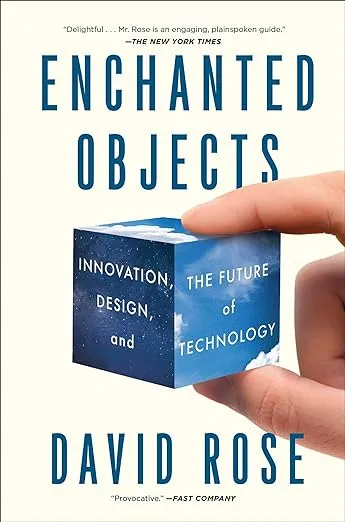
The core of this design concept is to create an interactive experience that “feels like magic.” For example, smart umbrellas only remind users to carry them when rain is predicted, rather than providing endless weather forecasts. This design not only improves the user’s quality of life, but also reduces information overload, making smart hardware more user-friendly.
In the future, we can expect to see more of these design concepts being applied to consumer smart hardware. For example, smart home devices can automatically adjust indoor temperature and lighting when detecting that the user returns home, instead of requiring manual operation by the user; smart health monitoring devices can promptly remind users when an abnormality is detected and provide corresponding health advice rather than just providing data.
In short, David Rose’s “Enchanted Objects” provides us with a new design perspective, which is to create an interactive experience that feels like magic. With the continuous development of technology, we can expect that more such design concepts will be applied to consumer smart hardware in the future, bringing more convenience and fun to our lives.

*Image source: Internet. Please notify us for removal if there are any copyright issues
Through this interview, we learned about the huge potential and challenges of the integration of AI and hardware. Although the development of consumer AIoT is slow, the rise of AIGC technology is changing this situation. Successful entrepreneurial teams need to keep close to user needs, work closely with the supply chain, deeply understand AI technology, and track the latest developments. In the future, smart hardware should pursue a “magic-like” natural interactive experience, provide smart services when needed, improve user experience, and reduce information overload.
Finally, David shared with us an innovative case. This project combines ChatGPT with home security cameras. Chatgpt can analyze the images of home security cameras, allowing users to talk to the cameras through text, such as asking “Help me find the keys”, where users can get answers in time.

Traditional cameras can only passively record images, while today’s systems can actively analyze and understand screen content and can even search and report based on user instructions. This interactivity greatly improves the usefulness and user experience of a home security system.
As the NPU computing power of single-board computers increases, more computing-intensive tasks can be completed locally, which not only increases the processing speed, but also reduces the delay in data transmission and enhances the real-time performance of the system. At the same time, local processing also better protects user privacy because home images do not need to be uploaded to the cloud.
David believes that this technology is not only suitable for home security, but can also be extended to various fields of smart home, such as home assistants, elderly care, child monitoring, and so on, providing natural text or voice interaction. This also promotes the maker culture and DIY spirit. More makers and enthusiasts can use open source software and hardware to apply AI technology to their projects and create more interesting and innovative applications!
Learn more about this project: https://www.reddit.com/r/homeassistant/comments/1dgzuh7/extended_openai_image_query_is_next_level/
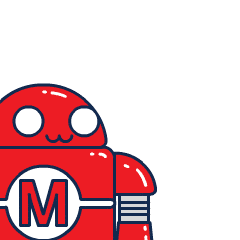
Maker Faire Shenzhen 2024
Call for Makers Now Officially Open!
Date: November 16th-17th, 2024 (Weekend)
If you want to showcase your innovative ideas and the impact they have on industry innovation, meet like-minded makers, and explore the specific applications of cutting-edge technologies in various industries at one of the largest maker innovation events in the world, we invite you to sign up by scanning the QR code below or clicking here. We look forward to seeing you there and sharing your journey of continuous innovation!
Call for Makers
Scan to Register
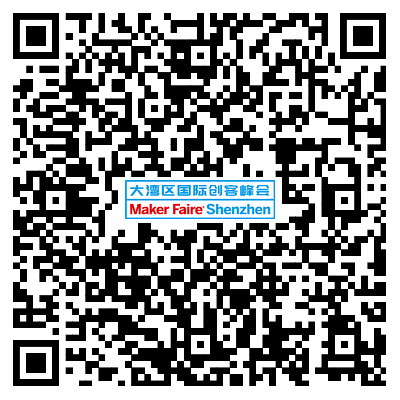
Registration Period: June 26th, 2024 – September 30th, 2024

Over the past 12 years, the development trajectory of Maker Faire Shenzhen can be seen as a microcosm of the development of maker culture in China.
- 2012: “Gathering Small Wisdom, Journeying through the Great Future” – This was the first Mini Maker Faire in China, with less than 1000 attendees, and was more like a gathering within a small circle. But we saw the infinite possibilities emerging from the maker community.
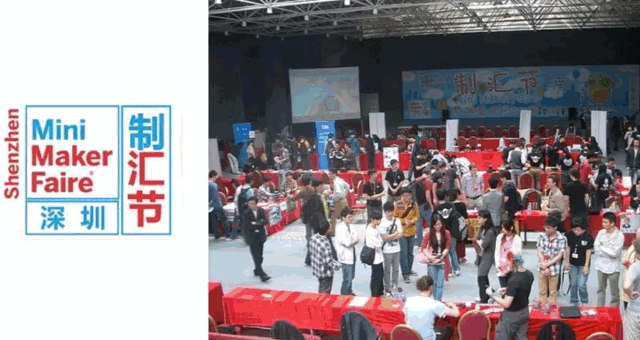
- 2013: The slogan was absent, and the maker community was still small. In the OCT Creative Park, there were cross-disciplinary exchanges among different creative communities, silently laying the foundation for cultural output.
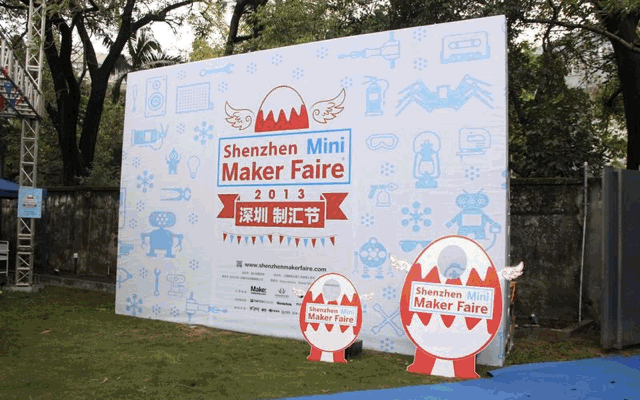
- 2014: “Innovate with China” – the event was upgraded to the Featured level for the first time, with a significant increase in scale compared to previous years, and the beginning of professional independent forums. This year, makers began to enter the public’s view.
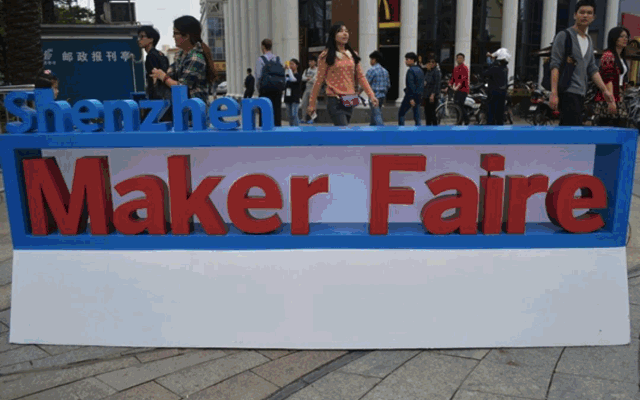
- 2015: “Everyone is a Maker, what are you waiting for?” – This year’s Shenzhen International Maker Week became one of the largest Maker Faires in the world. This year, the concept of “maker” was elevated to a national level, and the trend of “mass innovation, mass entrepreneurship” swept across the country.
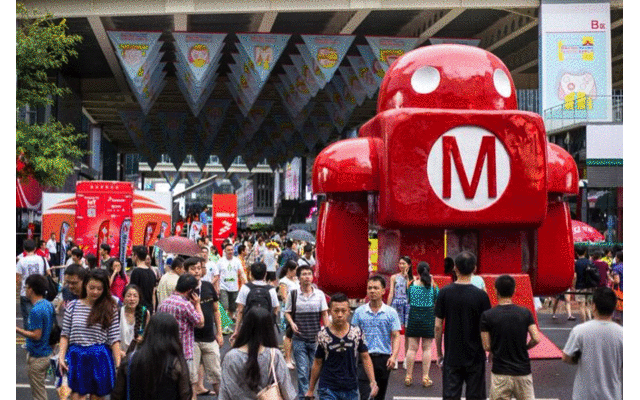
- 2016: “My World, My Creation” – As the sub-venue of the National Innovation and Entrepreneurship Week, the event was held for the first time in the commercial center area, experiencing unpredictable weather from typhoons to scorching heat. Many makers succeeded in your entrepreneurial endeavors this year, but it seemed like there were even more failures. The hype around entrepreneurship shifted towards rationality.
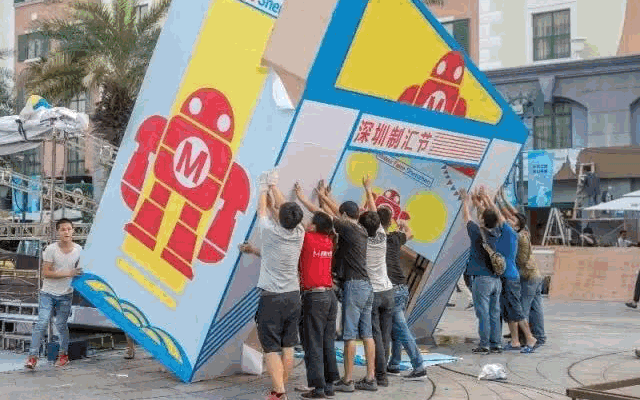
- 2017: “Makers, Go Pro” – The event took place at the university campus for the first time, focusing on Maker Pros and providing a platform for diverse innovators and makers to showcase themselves, presenting more possibilities for the growth path of makers to the entire community.
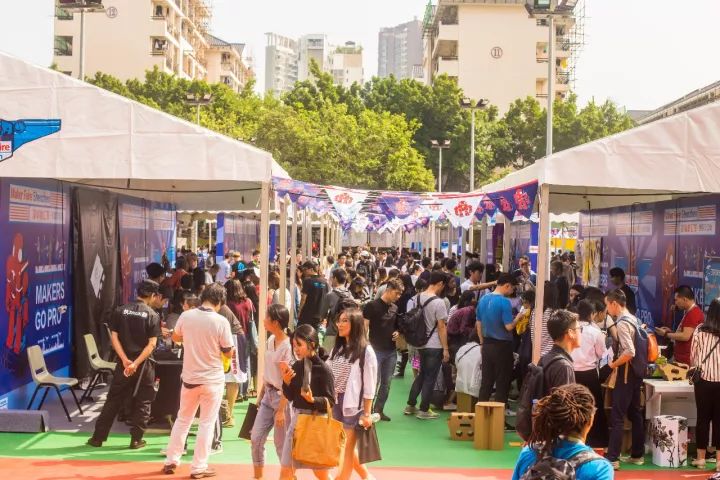
- 2018: “Co-making in the City” – The main venue of Shenzhen International Maker Week, where individuals and groups with shared visions and values gathered to showcase stories, projects, and explorations of collaboration among different communities and people.
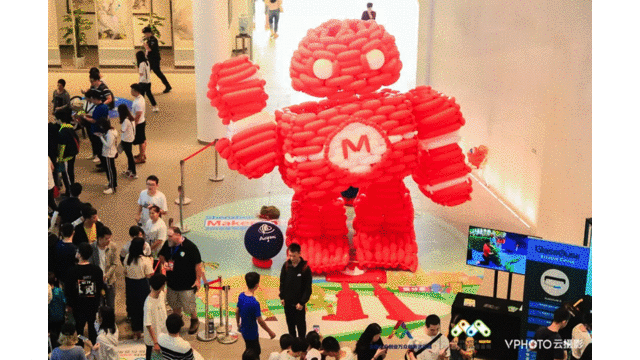
- 2019: ” To the Heart of Community, To the Cluster of Industry” – The event was upgraded to the Maker Faire Shenzhen, attempting to attract professional audiences and focusing on pragmatic aspects such as solving the needs of industrial upgrading and co-developin. It aims to build a platform for innovation and industry dialogue and collaboration.
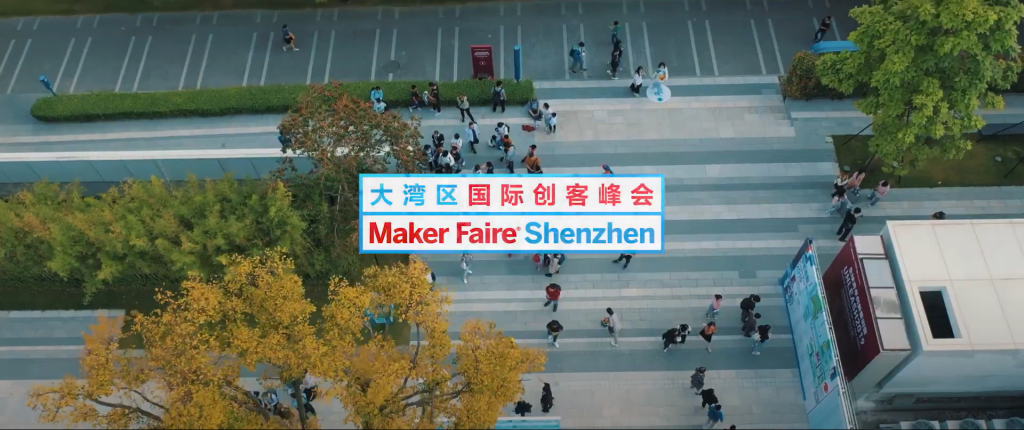
Check out the Maker Faire Shenzhen 2019 Recap here: https://www.youtube.com/watch?v=wk6eG4gsfeI
- 2023: “Where Are The Makers?”Starting from our own mission and values, we aim to explore the future direction of makers and the possibilities for commercialization. Though this question does not have a definitive answer, we do hope that through this event, we can communicate and share with every one of you, finding more ideas and directions together.
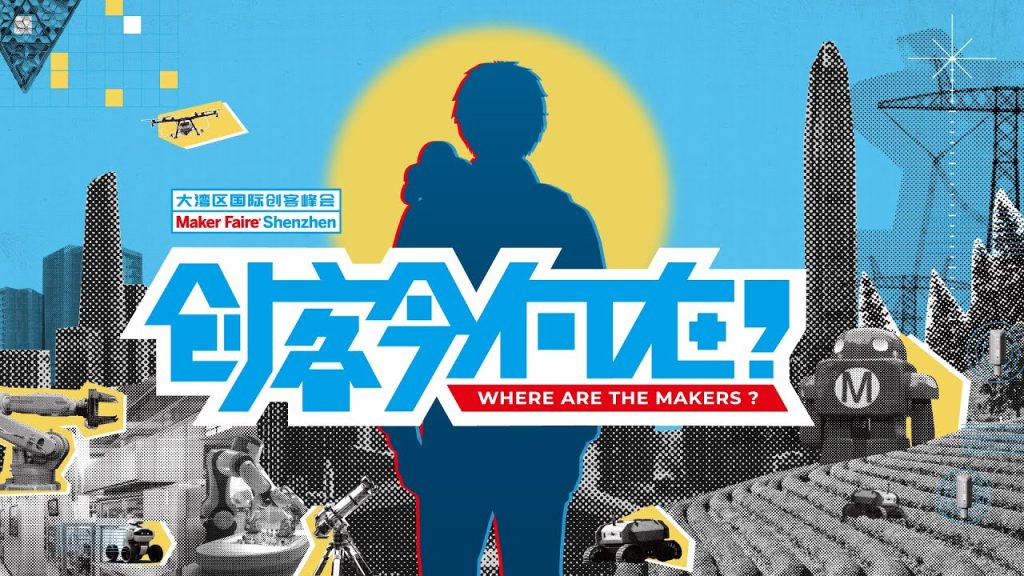
Recap video:https://www.youtube.com/watch?v=PeBJae0fHaI

